Home>Articles>What Size Bathroom Fan Do You Need? A Comprehensive Guide to Choosing the Right Size for Your Space


Articles
What Size Bathroom Fan Do You Need? A Comprehensive Guide to Choosing the Right Size for Your Space
Modified: October 19, 2024
Looking for articles on what size bathroom fan to choose? Get expert guidance and tips to help you find the perfect fan for your bathroom.
(Many of the links in this article redirect to a specific reviewed product. Your purchase of these products through affiliate links helps to generate commission for Storables.com, at no extra cost. Learn more)
Introduction
A bathroom fan is an essential component of any bathroom, providing ventilation and removing excess moisture and odors from the space. It plays a crucial role in maintaining a clean and healthy environment by preventing the growth of mold, mildew, and bacteria. If you’re looking to install or replace a bathroom fan, it’s important to understand the factors that determine the appropriate fan size for your specific needs.
In this article, we will explore the importance of a bathroom fan, the factors that should be considered when choosing one, and how to determine the correct size for your bathroom. We will also discuss the common sizes of bathroom fans, installation requirements and tips, as well as maintenance and care guidelines to ensure optimal performance.
Having a well-functioning bathroom fan is not only beneficial for your health and comfort but also for the longevity of your bathroom fixtures and finishes. Let’s dive into the details and discover everything you need to know about choosing the right size bathroom fan.
Key Takeaways:
- Properly sizing your bathroom fan is crucial for effective ventilation. Consider factors like bathroom size, airflow capacity, and additional moisture sources to ensure optimal performance.
- Regular maintenance and care are essential for keeping your bathroom fan operating at its best. Clean fan components, inspect ventilation ducts, and address any water damage promptly to extend the fan’s lifespan.
Importance of a Bathroom Fan
A bathroom fan is a crucial component of any bathroom due to its numerous benefits. Here are some key reasons why a bathroom fan is important:
- Moisture Control: One of the primary functions of a bathroom fan is to control moisture. Whenever you take a shower or bath, moisture accumulates in the air, which can lead to condensation on surfaces like mirrors, walls, and windows. Excessive moisture can also cause damage to paint, wallpaper, and even structural components, leading to mold and mildew growth. A bathroom fan helps to remove this excess moisture, preventing these issues and maintaining a dry environment.
- Odor Reduction: Bathrooms can easily accumulate unpleasant odors from daily use. A bathroom fan helps to quickly remove these odors, keeping the air fresh and improving the overall atmosphere of the bathroom.
- Air Circulation: Proper air circulation is important for any enclosed space, including bathrooms. The fan helps to circulate the air within the room, preventing stagnant air from lingering and improving ventilation.
- Health Benefits: A bathroom fan plays a significant role in maintaining a healthy bathroom environment. It helps to reduce the growth of mold, mildew, and bacteria, which can thrive in moist conditions. By eliminating excess moisture, the fan contributes to a healthier space, reducing the risk of respiratory issues, allergies, and other health problems associated with poor indoor air quality.
Overall, a bathroom fan contributes to a more comfortable, hygienic, and pleasant experience in your bathroom. It protects your home from potential damage, enhances air quality, and promotes good health for you and your family. Now that we understand the importance of a bathroom fan, let’s explore the factors you need to consider when choosing one.
Factors to Consider When Choosing a Bathroom Fan
When selecting a bathroom fan, it’s important to consider several factors to ensure that you choose the right one for your specific needs. Let’s explore these factors in more detail:
- Airflow Capacity: The airflow capacity of a bathroom fan is measured in cubic feet per minute (CFM). This indicates the amount of air the fan can move in one minute. It’s important to choose a fan with sufficient CFM to effectively ventilate your bathroom. A general rule of thumb is that the fan should be able to exchange the air in the bathroom at least 8 times per hour.
- Bathroom Size: The size of your bathroom will also play a role in determining the appropriate fan size. Larger bathrooms will require a fan with higher CFM to effectively remove moisture and maintain proper ventilation.
- Noise Level: The noise level of the fan can greatly affect your overall experience in the bathroom. Look for fans that have lower sones ratings, as these are generally quieter. Consider your personal preference for noise and opt for a fan that provides a comfortable and quiet environment.
- Energy Efficiency: In today’s environmentally conscious world, energy-efficient products are highly desirable. Look for bathroom fans with energy-efficient features such as low power consumption and Energy Star certification. These fans not only help you save on energy costs but also contribute to a greener and more sustainable home.
- Ducting & Ventilation: Consider the ducting and ventilation requirements of the fan. Ensure that the fan you choose can be easily connected to your existing ductwork or ventilation system. Proper ducting is crucial for efficient airflow and effective moisture removal.
- Additional Features: Some bathroom fans come with additional features such as humidity sensors, timers, or built-in lighting. These features can enhance the functionality and convenience of the fan, but they may also come at a higher cost. Consider whether these features are necessary for your specific requirements.
By taking into account these factors when choosing a bathroom fan, you can ensure that you select the most suitable option for your bathroom. Now, let’s delve into the specifics of determining the correct size for your bathroom fan.
Understanding the Fan Sizing Requirements
Choosing the correct size for your bathroom fan is essential to ensure optimal performance and effective ventilation. To determine the appropriate fan size, you need to consider the square footage of your bathroom and the recommended airflow rate.
First, calculate the square footage of your bathroom by multiplying the room’s length by its width. For example, a bathroom that measures 8 feet by 10 feet would have a total square footage of 80 square feet.
Next, refer to the recommended airflow rate for bathrooms. Typically, a bathroom fan should have a minimum airflow rate of 1 CFM per square foot of space. Using the previous example, an 80-square-foot bathroom would require a fan with a minimum airflow rate of 80 CFM (80 square feet x 1 CFM = 80 CFM).
However, it’s important to note that certain factors may require a higher CFM rating. If your bathroom has a shower or bathtub without a separate enclosure, or if it has multiple fixtures (such as a shower and a toilet) in close proximity, you may need to increase the airflow rate to compensate for the additional moisture generated. In these cases, it’s often recommended to select a fan with a higher CFM rating or to consult a professional for guidance.
Beyond the square footage and recommended airflow rate, you should also consider any specific requirements or regulations in your area. For example, some local building codes may have specific guidelines for bathroom fan sizing that you need to adhere to.
Understanding the fan sizing requirements is crucial to ensure that the fan you choose is capable of maintaining proper ventilation and moisture control in your specific bathroom. By calculating the square footage and considering the recommended airflow rate, you can confidently select an appropriately sized fan for your needs.
Next, let’s explore the most common sizes of bathroom fans available in the market.
Determining the Correct Size for Your Bathroom Fan
To determine the correct size for your bathroom fan, you need to take into account the airflow requirements based on the square footage of your bathroom, as well as any additional factors that may impact the moisture level in the space.
Start by calculating the square footage of your bathroom by multiplying the length by the width of the room. For example, if your bathroom measures 8 feet by 10 feet, the square footage would be 80 square feet.
Next, consider the recommended airflow rate for bathrooms. As a general guideline, it’s recommended to have a fan with a minimum airflow rate of 1 CFM (cubic feet per minute) per square foot of bathroom space. Using the previous example of an 80-square-foot bathroom, you would need a fan with a minimum airflow rate of 80 CFM (80 square feet x 1 CFM).
However, it’s important to note that certain factors may require a higher airflow rate. If your bathroom has a steam shower or a large soaking tub, or if you live in a particularly humid climate, it’s advisable to choose a fan with a higher CFM rating to ensure adequate moisture removal.
Additionally, consider the duct length and the number of bends in your ventilation system. Longer ductwork and multiple bends can restrict airflow, requiring a more powerful fan to compensate for the resistance. Consult the manufacturer’s guidelines or seek professional advice to determine the appropriate CFM rating in these situations.
It’s also worth considering the noise level of the fan. While a bathroom fan with a higher CFM rating may provide more effective ventilation, it could also result in increased noise. Take into account your personal preference for noise level and choose a fan that strikes the right balance between performance and comfort.
By considering the square footage of your bathroom, the recommended airflow rate, any additional factors, and your personal preferences, you can determine the correct size for your bathroom fan. Be sure to consult product specifications and seek professional advice if needed to ensure the best choice for your specific circumstances.
Now that we have covered the process of determining the correct size for your bathroom fan, let’s explore the common sizes of bathroom fans available on the market.
When choosing a bathroom fan, consider the size of your bathroom. As a general rule, aim for a fan that can move 1 cubic foot of air per minute (CFM) for every square foot of bathroom space. For example, a 50 square foot bathroom would require a fan with at least 50 CFM.
Common Sizes of Bathroom Fans
Bathroom fans come in a variety of sizes to accommodate different bathroom dimensions and ventilation needs. The most common sizes of bathroom fans available on the market include:
- 50 CFM: Smaller bathrooms or half baths often require fans with a lower CFM rating, typically around 50 CFM. These fans are suitable for spaces up to 50 square feet.
- 70-80 CFM: For bathrooms ranging from 50 to 80 square feet, fans with a CFM rating between 70 and 80 are commonly used. These fans provide adequate airflow and moisture control for moderately sized bathrooms.
- 90-110 CFM: If your bathroom measures between 80 and 110 square feet, a fan with a CFM rating of 90 to 110 is generally recommended. These fans offer increased airflow to effectively remove moisture and maintain proper ventilation in larger bathrooms.
- 120 CFM and above: For larger bathrooms or bathrooms with special moisture-generating features like steam showers or whirlpool tubs, fans with a CFM rating of 120 or higher may be necessary. These powerful fans can effectively handle larger spaces and high moisture levels.
It’s important to note that the sizes mentioned above are general guidelines, and the actual size required for your specific bathroom may vary. Consider factors such as bathroom layout, ventilation duct length, and other unique considerations when determining the appropriate fan size.
In addition to the CFM rating, consider the physical dimensions of the fan. Ensure that the fan’s housing size fits the available space for installation, whether it’s a ceiling-mounted fan, a wall-mounted fan, or a combination of both.
When choosing a bathroom fan, it’s always a good idea to consult the manufacturer’s recommendations or seek advice from a professional to ensure you select the right size for your specific requirements.
Now that we have explored the common sizes of bathroom fans, let’s move on to discussing the installation requirements and tips to ensure a successful fan installation.
Installation Requirements and Tips
Proper installation of a bathroom fan is essential to ensure its functionality and effectiveness. Here are some key installation requirements and tips to keep in mind:
- Location: Install the bathroom fan in a central location within the bathroom, preferably near the moisture source such as the shower or bathtub. This will maximize the fan’s ability to remove excess moisture and odors from the air.
- Ventilation Ducts: Connect the fan to an appropriate ventilation duct to allow the expelled air to escape outside. Ensure that the duct is properly sized, insulated, and free from any obstructions or restrictions that may impede airflow.
- Electrical Accessibility: Ensure that there is an accessible power source nearby to connect the fan. If you are not experienced with electrical work, it is recommended to consult a licensed electrician for assistance to ensure proper wiring and adherence to electrical codes.
- Proper Mounting: Follow the manufacturer’s instructions for mounting the fan securely to the ceiling or wall. Use appropriate mounting brackets, screws, or other hardware provided with the fan for a stable and secure installation.
- Sealing: Properly seal the fan housing to the ceiling or wall to prevent air leaks. This will ensure that the fan efficiently draws air from the bathroom and expels it outside, rather than circulating it within the walls or ceiling cavities.
- Ventilation Grille: Install a ventilation grille or cover on the exterior wall or roof where the duct exits the building. This will prevent pests, debris, and weather elements from entering the ductwork and potentially causing damage or blockage.
- Test for Proper Operation: Once the fan is installed, test it to ensure that it is functioning correctly. Turn on the fan and verify that air is being expelled outside through the ventilation grille. Check for any unusual noises or vibrations that may indicate a problem with the installation.
It is important to carefully follow the manufacturer’s instructions and adhere to all local building codes and regulations when installing a bathroom fan. If you are unsure about any aspect of the installation, it is recommended to consult a professional to ensure a safe and effective installation.
Now that we have covered the installation requirements and tips, let’s shift our focus to the maintenance and care of bathroom fans to keep them operating at their best.
Maintenance and Care for Bathroom Fans
Maintaining and caring for your bathroom fan is crucial to ensure its longevity, optimal performance, and to prevent issues such as clogging or malfunction. Here are some important maintenance and care tips for your bathroom fan:
- Regular Cleaning: Dust and debris can accumulate on the fan blades and in the exhaust grille over time. Regularly clean these components using a soft brush or damp cloth to remove any build-up that may obstruct airflow. Be sure to turn off the fan and disconnect the power before cleaning.
- Check and Clean the Ventilation Ducts: Periodically inspect the ventilation ducts to ensure they are clear of dust, dirt, and obstructions. If necessary, use a vacuum cleaner or a duct cleaning brush to remove any accumulated debris. A clean and unobstructed duct will ensure efficient airflow and proper moisture removal.
- Replace Filters: Some bathroom fans come with replaceable filters to improve air quality. Follow the manufacturer’s instructions on how often to replace the filters. Clean filters help trap dust, allergens, and other particles, preventing them from being recirculated into the bathroom.
- Check for Proper Fan Operation: Periodically test the fan to ensure it is working correctly. Ensure that the fan turns on and off smoothly, and that it is expelling air properly through the ventilation grille. If you notice any unusual noises, vibrations, or a decrease in performance, it may be necessary to clean or troubleshoot the fan motor or blades.
- Inspect for Water Damage: Regularly inspect the area around the fan for any signs of moisture or water damage. Look for water stains, mold growth, or peeling paint, as these may indicate a leak or an issue with the fan’s installation. If you notice any water-related problems, address them promptly to prevent further damage or mold growth.
- Professional Maintenance: If you are not comfortable performing maintenance tasks or troubleshooting issues, it is advisable to seek professional help. A trained technician can perform a thorough cleaning, lubrication if needed, and ensure all components are functioning correctly.
By following these maintenance and care tips, you can keep your bathroom fan in excellent condition and ensure that it continues to provide effective ventilation and moisture control. Regular maintenance will not only improve the fan’s performance but also extend its lifespan, saving you money on potential repairs or replacements.
Now, let’s summarize the key points we have covered in this article.
Conclusion
In conclusion, a bathroom fan is a vital component for maintaining a clean, fresh, and healthy bathroom environment. It plays a significant role in controlling moisture, reducing odors, improving air circulation, and preventing the growth of mold and mildew. When choosing a bathroom fan, consider factors such as airflow capacity, bathroom size, noise level, energy efficiency, ducting requirements, and any additional features.
Determining the correct size for your bathroom fan involves calculating the square footage of your bathroom and considering the recommended airflow rate. It’s important to take into account any factors that may require a higher or lower CFM rating based on specific circumstances such as steam showers, climate, or layout.
Common sizes of bathroom fans range from 50 CFM for smaller bathrooms to 120 CFM or more for larger bathrooms and those with additional moisture sources. Remember to consult manufacturer guidelines and professional advice to ensure the appropriate fan size for your needs.
Installation requirements include selecting the right location, connecting to proper ventilation ducts, ensuring electrical accessibility, proper mounting, sealing, and installing a ventilation grille for exterior discharge. Follow the manufacturer’s instructions and local building codes for a successful installation.
Maintaining and caring for your bathroom fan involves regular cleaning of fan blades and exhaust grilles, inspecting and cleaning ventilation ducts, replacing filters if applicable, checking for proper fan operation, and addressing any water damage or issues promptly. Professional assistance may be necessary for tasks beyond your comfort level.
By understanding the importance of a bathroom fan and following the guidelines outlined in this article, you can create a comfortable, healthy, and well-ventilated bathroom environment. Take the time to select the correct fan size, ensure proper installation, and perform regular maintenance to optimize the fan’s performance and longevity. Remember, a well-maintained bathroom fan is not only beneficial for your well-being but also for preserving the integrity of your bathroom’s fixtures and finishes.
Now, armed with this knowledge, you can confidently choose and care for a bathroom fan that will enhance your bathroom experience for years to come.
Frequently Asked Questions about What Size Bathroom Fan Do You Need? A Comprehensive Guide To Choosing The Right Size For Your Space
Was this page helpful?
At Storables.com, we guarantee accurate and reliable information. Our content, validated by Expert Board Contributors, is crafted following stringent Editorial Policies. We're committed to providing you with well-researched, expert-backed insights for all your informational needs.


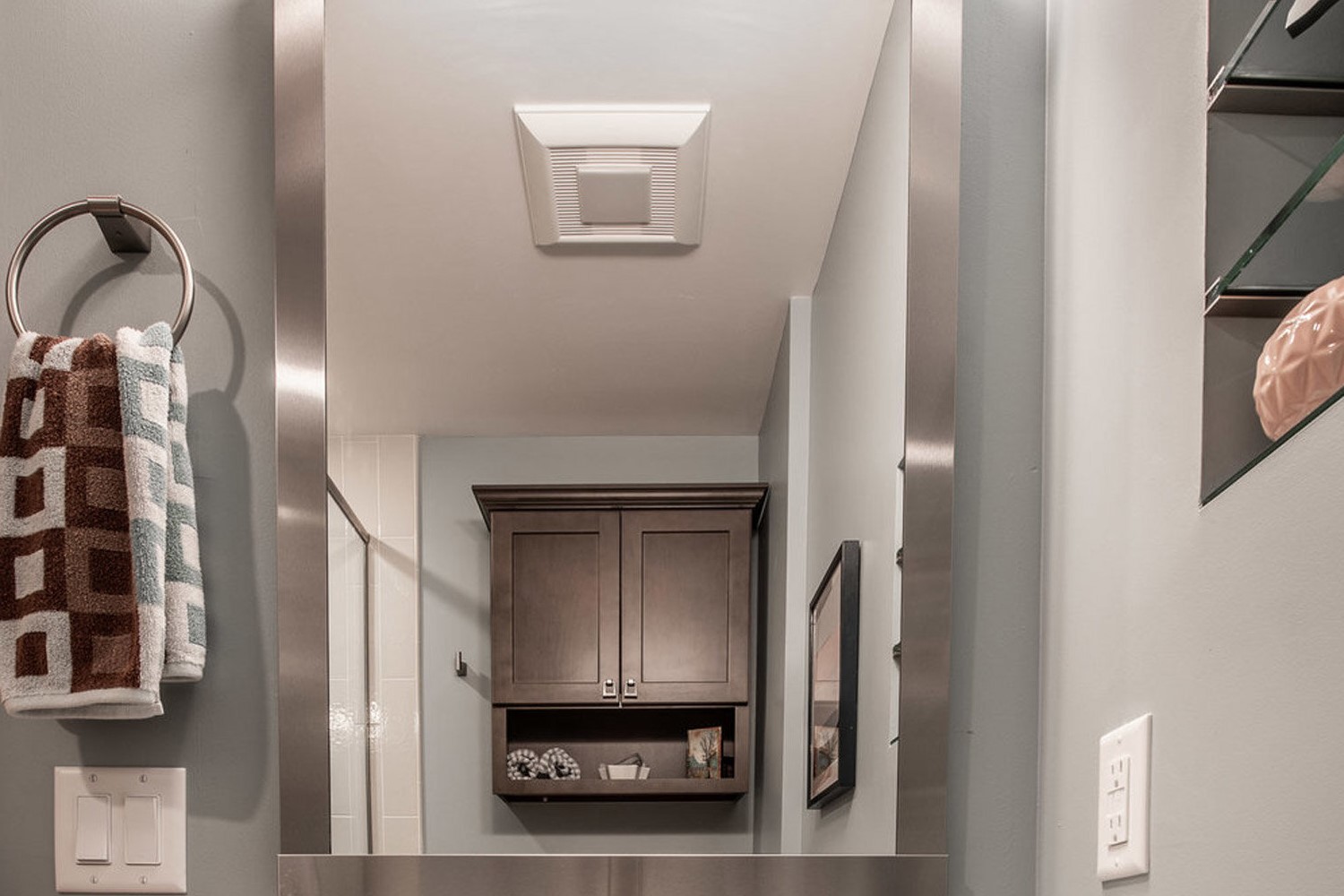

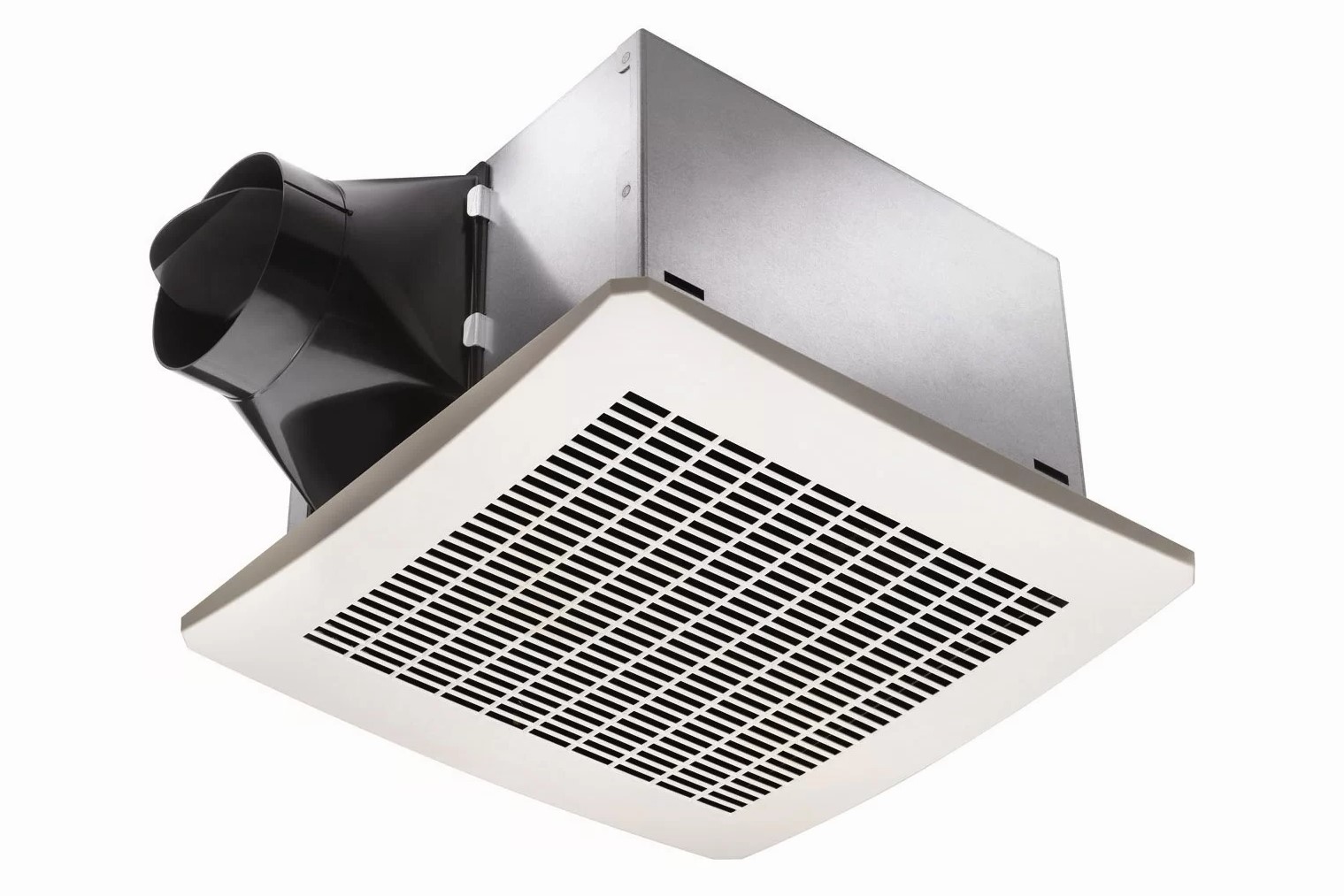
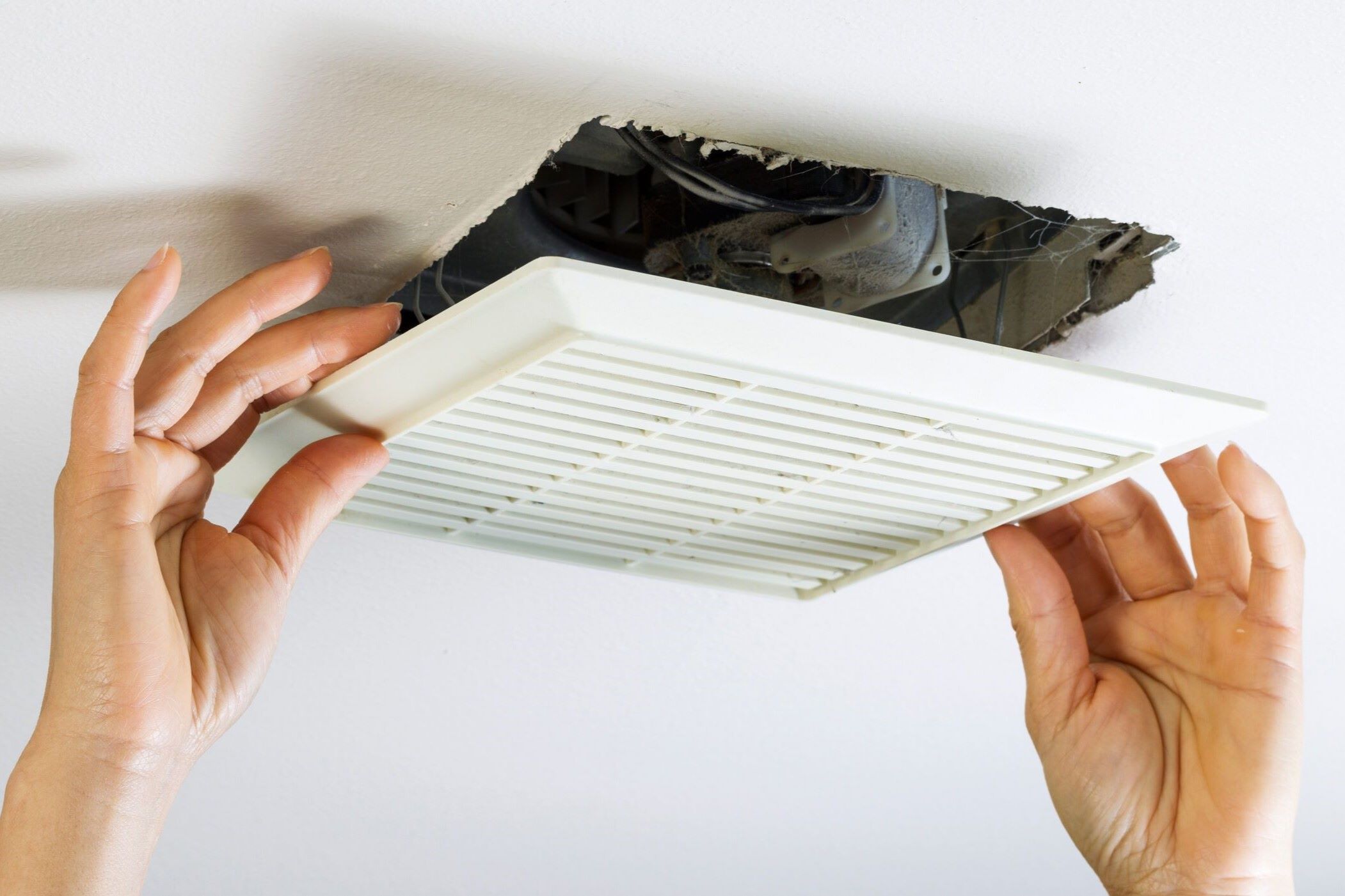
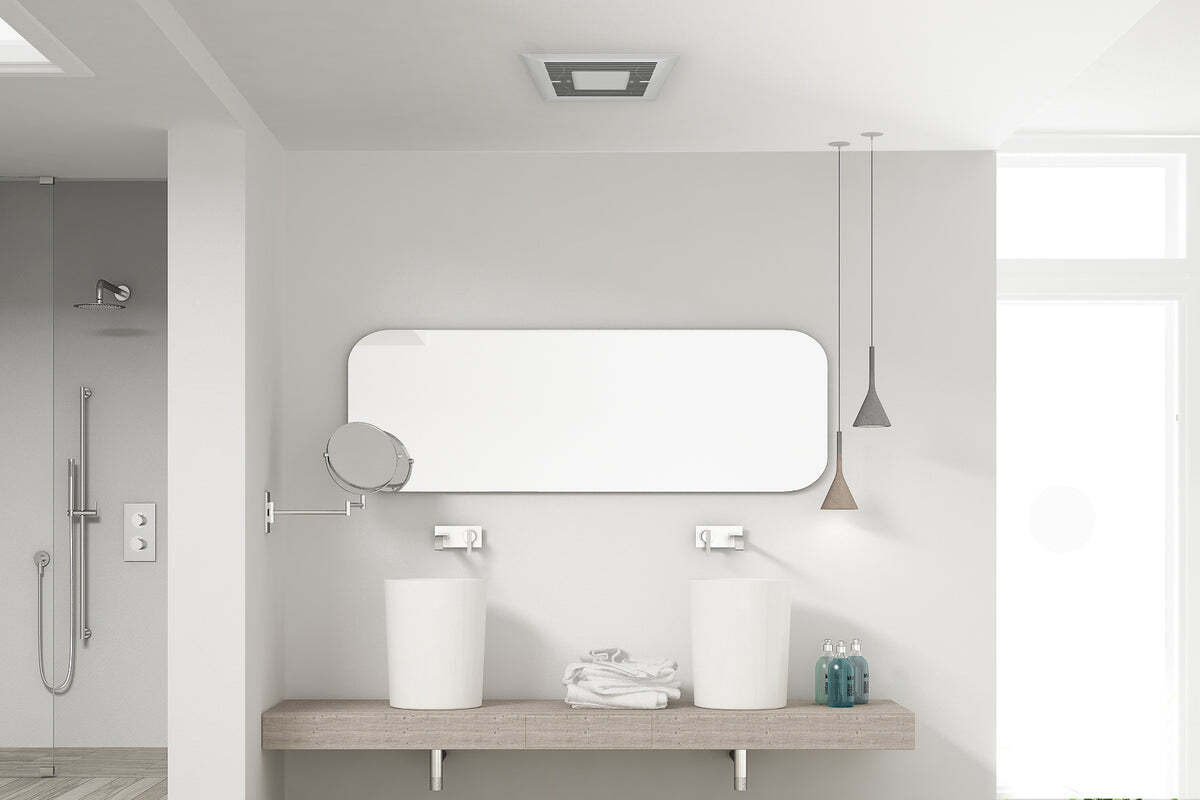






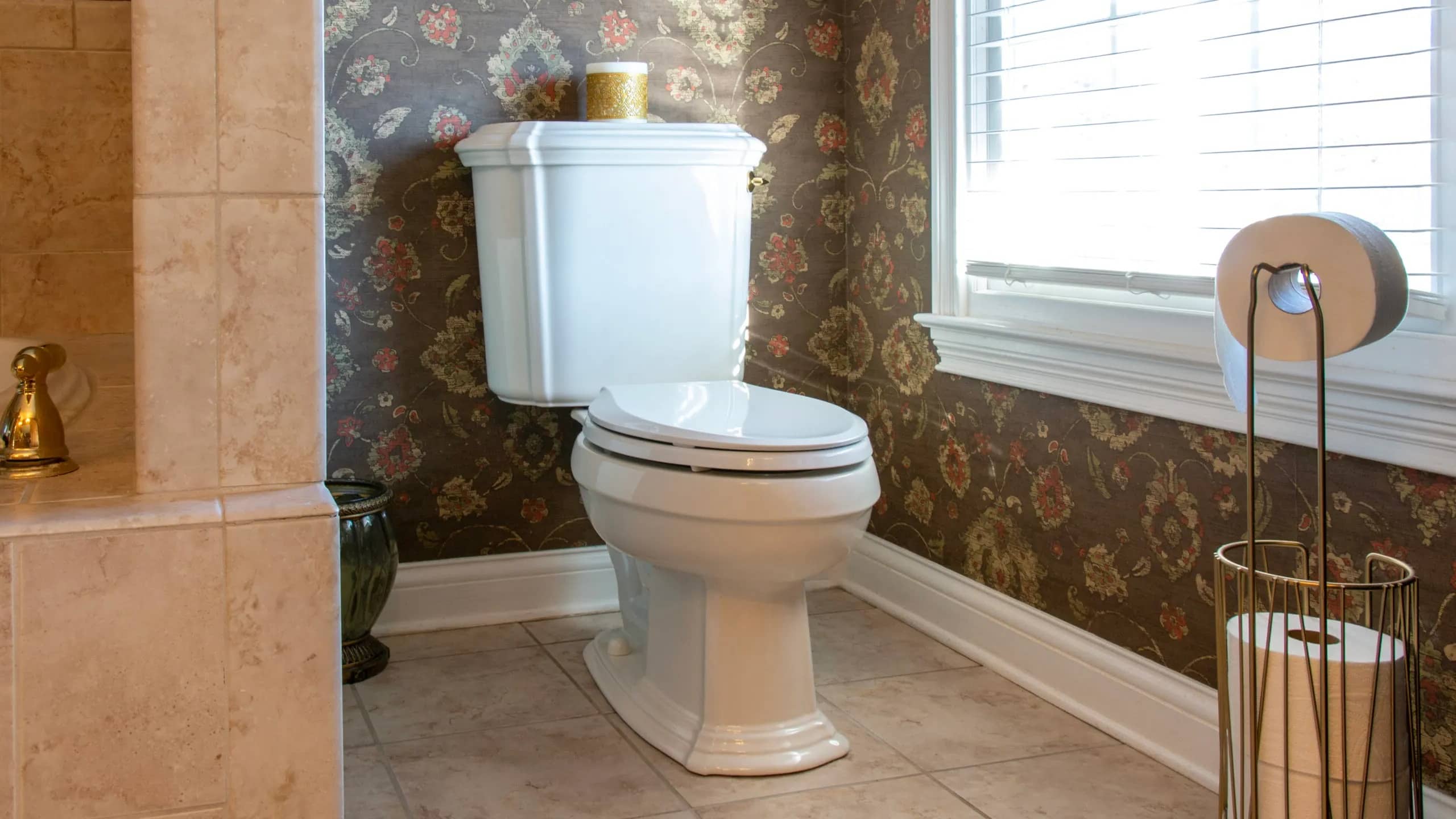

0 thoughts on “What Size Bathroom Fan Do You Need? A Comprehensive Guide to Choosing the Right Size for Your Space”